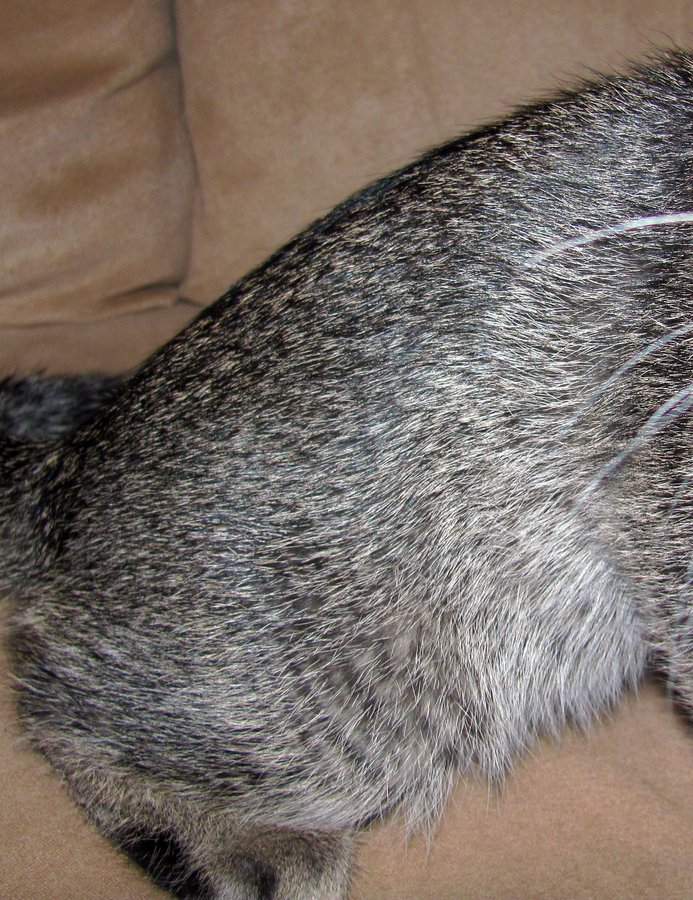

A young pointed cat will have a much lighter body color than an older pointed cat. Pointed cats are born white and gradually darken with age. This pattern is most commonly found on the Siamese cat but it isn’t exclusive to the breed because many other breeds as well as non-purebreds also carry this pattern. If a cat has easily recognized dark “points” on the face, paws, and tail, compared to its much lighter color coat on the body, it is classified as a “pointed” cat. According to The Cat Fancier’s Association Complete Cat Book Persian calico cats have been accepted by CFA for years and calico Persians are always female and give birth to black-and-white or red and white bi-colored sons.įun Fact: On October 1, 2001, the state of Maryland was so enamored with this delightful cat that they declared the calico cat as their official state cat, despite it being not an actual breed. It is sometimes called a “patterned calico,” “calico tabby,” or “caliby.”Ĭalico cats are also overwhelmingly female because genetically, two X chromosomes are needed to produce a calico coat. On the other hand, a “patched tabby and white” or “torbie and white” may have any amount of white. It will have the same amount of white, dominating the other colors.


The blue patches are solid blue while the cream patches are cream tabby. Just like in torties, calicos also have a dilute version, sporting blue and cream patches instead of red and black. Usually the large black patches are solid black while the large red patches are actually red tabby and will show tabby markings. As a rule, the more white there is on the cat, the larger and more distinct the red and black patches will be.

However, instead of the color red and black being dominant, calicos are generally white with patches of color. Approximately 1 in every 300 tortoiseshell is a male.Īlso known as tri-colors, calico cats are similar to tortoiseshells. As such, they are almost always infertile. But, these males are genetically abnormal, having a third sex chromosome (XXY) instead of the normal XY. Very rarely, these colors may appear in male cats. Just like in humans, two X chromosomes are most likely found in females. Genetically, tortoiseshell and related colors (blue-cream, patched tabby, calico, etc.) are the result of a sex-linked gene, requiring two X chromosomes to appear. Patched patterns feature solid patches of the black or red hair. Brindled patters give a more fluid appearance, as the colors are woven together. In general, there are two main patterns: brindled and patched. Not only can the colors of the tortoiseshell cats vary between each individual cat, but the patterns of the colors can as well. This color is often called the “torbie” because it is a tabby tortie. Another is the “brown patched tabby” looks almost like autumn leaves, covered with patches of brown tabby and patches of red tabby. It is the dilute version of the more common red and black coat. Other types of tortoiseshell cats include the “blue-cream” (also known as the blue tortie) is randomly patched all over with blue and cream. The patches can range from being very mingled or they may be more distinct blocks of color. Tortoiseshell cats, also affectionately named “torties”, have a consistent mix of orange/red and black, creating a unique coat unlike the ticked tabby pattern. If you haven’t read part 1, click here! In this post, I will be covering the remaining coat patterns: tortoiseshell, calico, and color-point as well as some other miscellaneous facts!
Dilute ticked tabby series#
This is a continuation of the series about feline genetics.


 0 kommentar(er)
0 kommentar(er)
